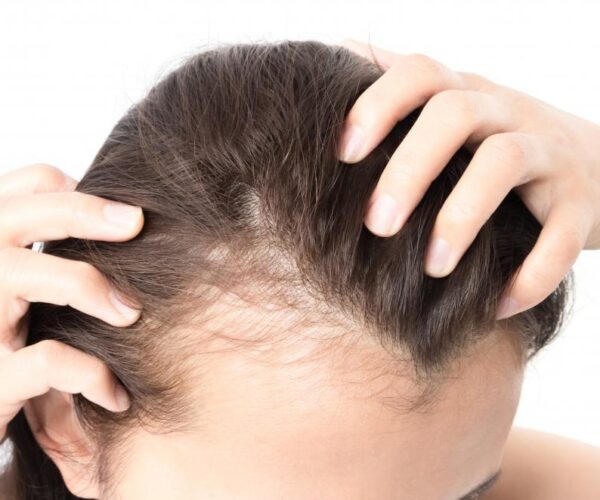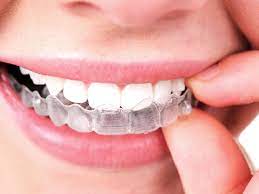Hair loss can be distressing, affecting your self-esteem. Hair loss treatment focuses on reinstating hair in thinning or balding areas. Hair loss can result from genetic factors, hormonal changes, certain health conditions, radiation therapy, extreme stress, chemotherapy, and certain hair treatments. In most patients, hair loss is treatable. Some people do not treat hair loss, especially if it results from aging. The Downtown DC hair loss treatment option your doctor uses depends on the root cause of your problem. Your doctor may have to try several therapies or recommend multiple techniques for effective results. There are many hair loss treatments, and here are some.
Medications
Minoxidil and finasteride are the common drugs doctors recommend to treat hair loss. Minoxidil is an over-the-counter medication available as a foam or liquid applied to your scalp. It may take four to six months before your hair begins thickening. Finasteride is an oral drug you take daily and is only prescribed by your doctor. It takes at least three months to see the results of finasteride. If you do not take these medications as prescribed, you may not get the expected outcomes.
Platelet-rich plasma (PRP) therapy
Platelet-rich plasma therapy is a safe hair restoration technique that uses your blood components. The treatment involves your specialist taking a sample of your blood and centrifuging it in a lab to separate platelets from other blood components. The specialist injects the extracted platelets into the regions where your hair has thinned to promote growth. Platelets contain certain proteins called growth factors that cause new cell growth, treating hair loss. PRP also enhances better blood circulation, reducing inflammation.
Hair transplant
Doctors commonly use two surgical techniques for hair transplant: follicular unit transplantation (FUT) and follicular unit extraction (FUE). FUT involves your surgeon removing some skin from your scalp back where hair is abundant. The provider removes extracts follicles from that skin strap and inserts them into the regions you have hair loss. FUE is where your surgeon extracts hair follicles from your scalp where hair is abundant and transplants them, directing them into the parts you are experiencing hair loss.
Laser treatment
Laser treatment involves your doctor directing a laser device with concentrated light beams into the affected scalp to promote new hair growth. This technique uses low heat levels, so you will not feel pain during treatment or damage the surrounding tissues. Laser treatment can be beneficial if you have alopecia areata or your hair loss results from chemotherapy. Your doctor may recommend several treatment sessions to get effective outcomes.
Microneedling
Microneedling is a cosmetic technique that can help treat hair loss. The treatment involves your dermatologist using a special device with tiny sterile needles to create punctures in the deep layers of your skin. Your body responds by creating new blood vessels and promoting healing. The new blood vessels boost blood circulation and cell growth, leading to hair regrowth. To get optimal results, your doctor may combine microneedling with other treatments.
Hair loss treatments aim at restoring hair in thinning and balding regions. Since not all cases of hair loss can be treated, some procedures help to slow down the process. Depending on the cause of hair loss, your doctor can recommend medications, PRP therapy, laser treatments, microneedling, or hair transplant. Schedule an appointment at Metroderm DC: Medical, Laser, and Aesthetic Dermatology Center for hair loss treatment to improve your hair thickness.



